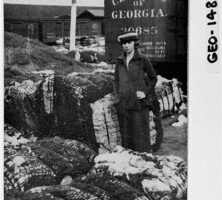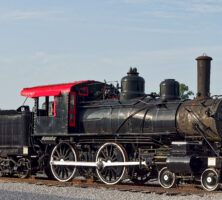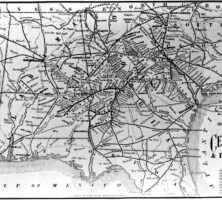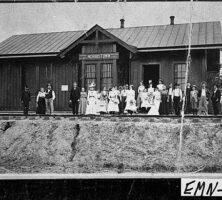The Central of Georgia Railway was one of the most significant railroads in the American South and a vital part of Georgia’s transportation infrastructure for more than 100 years. From its start the Central was a classic expression of the developmental American railroad, serving as a leader in the region’s economic growth.
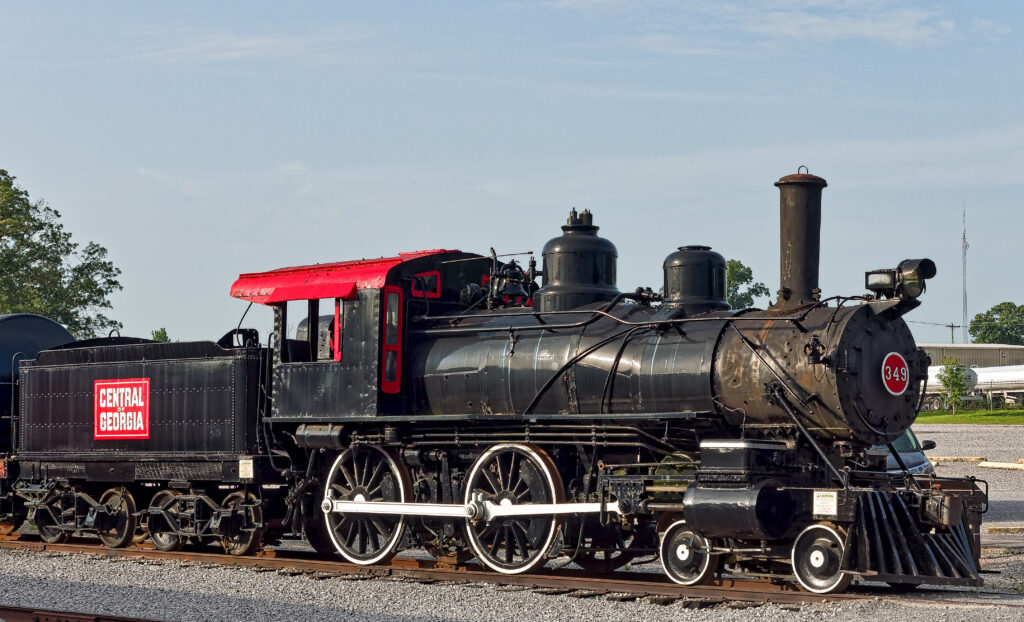
In response to the innovative South Carolina Railroad that was diverting cotton and other products from the Piedmont area to Charleston, South Carolina, Georgians officially organized the Central in 1833. Originally known as the Central Railroad and Canal Company of Georgia, it was reorganized as the Central Rail Road and Banking Company in 1835. Through state charters, a steady increase in local investments, and the labor of Irish immigrants and enslaved African American, the line reached from Savannah to the outskirts of Macon by 1843. At that time the Central was perhaps the longest railroad under one management in the world. It did not keep that distinction for long, yet expanded in the 1840s and 1850s, with direct ownership and indirect control of lines that reached to Atlanta and Columbus, and into southwest Georgia.
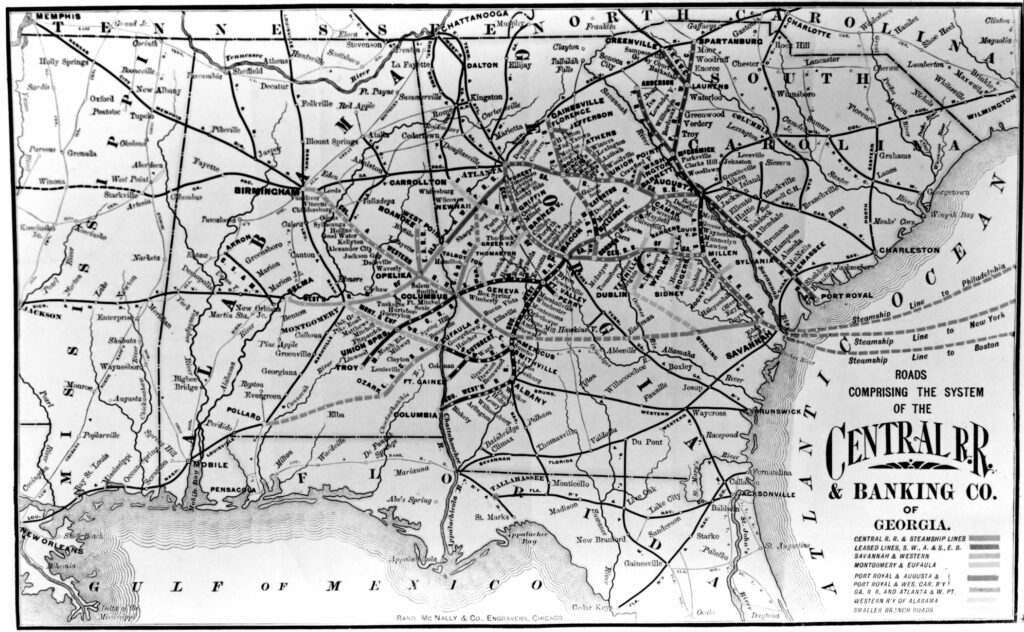
With tracks that passed through some of the most productive cotton lands in the state, the Central was a vital element in the antebellum Georgia economy. The extensive and innovative roundhouse complex built in Savannah in the 1850s survives today as the most complete antebellum railroad complex in the nation.
During the Civil War (1861-65) the Central remained operational and served Confederate military, manufacturing, and economic objectives until the summer of 1864, when Union forces began a systematic destruction of bridges, track, and rolling stock. Images of “Sherman’s bowties,” the term for pieces of rail heated and then twisted around Georgia trees, have become part of the iconography of General William T. Sherman’s destructive march to the sea. The Central recovered rather quickly from this destruction, however, and was operational again by June 1866.
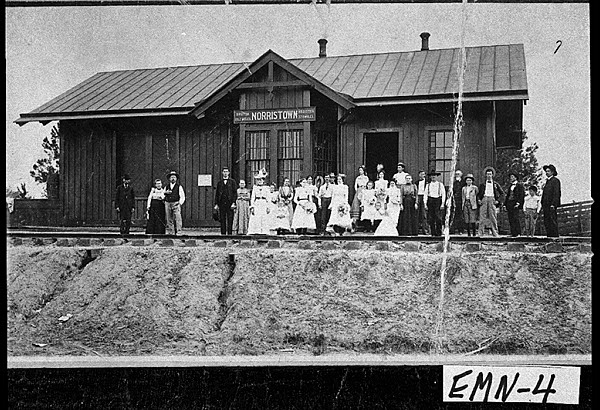
In the postbellum era the railroad underwent another phase of expansion and profitability. It expanded operations into Alabama and Tennessee, founded numerous short lines that connected Georgia cities and towns, created a steamboat line that linked Georgia to the major port cities of the Atlantic seaboard, and positioned itself as an important player in a chaotic era of takeovers, mergers, and fraud in the railroad industry. After losing control to outside investors in 1892, the Central regained nominal independence as the reorganized Central of Georgia Railway in 1895 before the Illinois Central System acquired control in 1907.
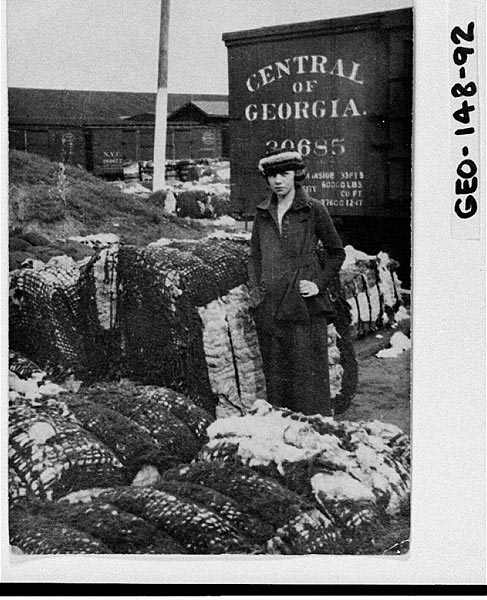
In the early twentieth century the Central promoted the development of the coal and iron industry in Birmingham, Alabama; actively recruited chemical and textile industries into Georgia; and fostered investments in new agricultural, forestry, and clay products as substitutes for the declining economic importance of cotton. As part of its passenger service, the Central lured tourists to Tybee Island, among other southern destinations, and it offered relatively inexpensive connections between Atlanta, Macon, Columbus, and Savannah. Nevertheless, economic hardships forced the Central into receivership in 1932, where it remained until 1948.
A last gasp of diesel conversion and route consolidation took place in the 1940s and 1950s, making the Central the target of a takeover plan by the St. Louis–San Francisco Railway. The Interstate Commerce Commission ruled against that scheme in 1961, but approved a plan by the Southern Railway to purchase a controlling interest in the company. The Central became a subsidiary of the Southern in 1963, which was in turn subsumed into the Norfolk Southern Corporation in 1982.
The Central of Georgia Roundhouse Railroad Museum is administered by the Coastal Heritage Society and has been designated a National Historic Landmark.







